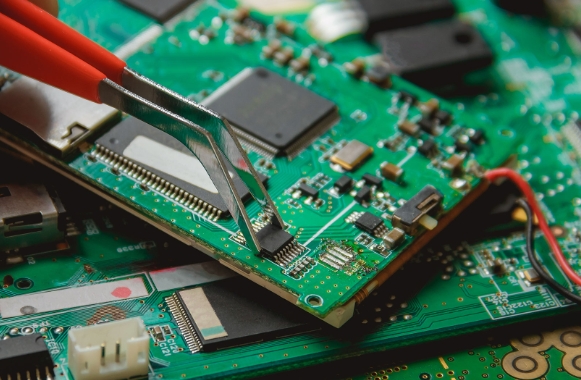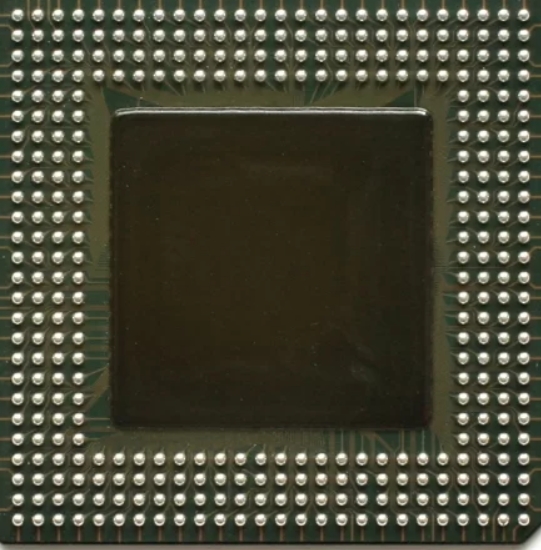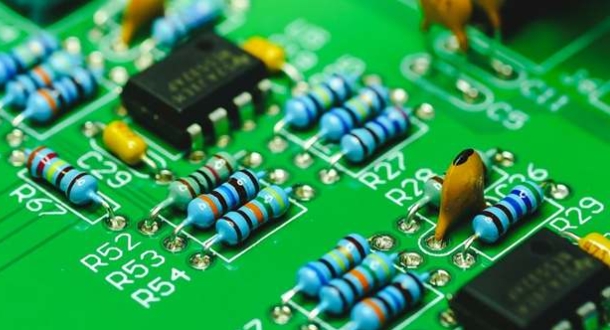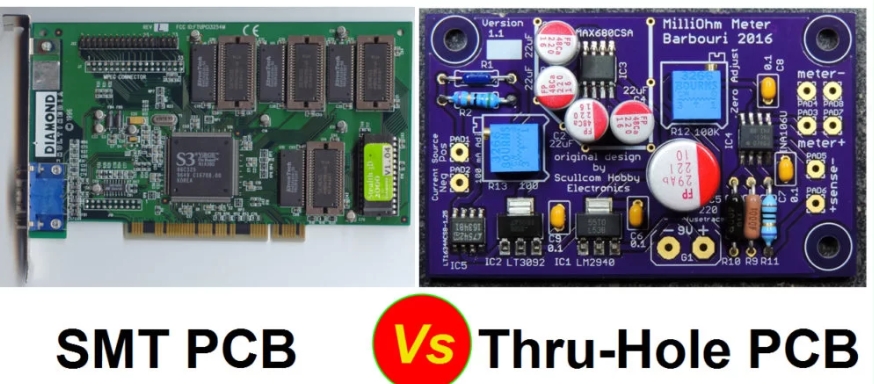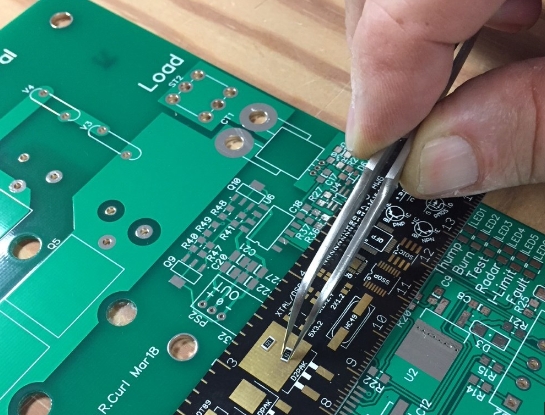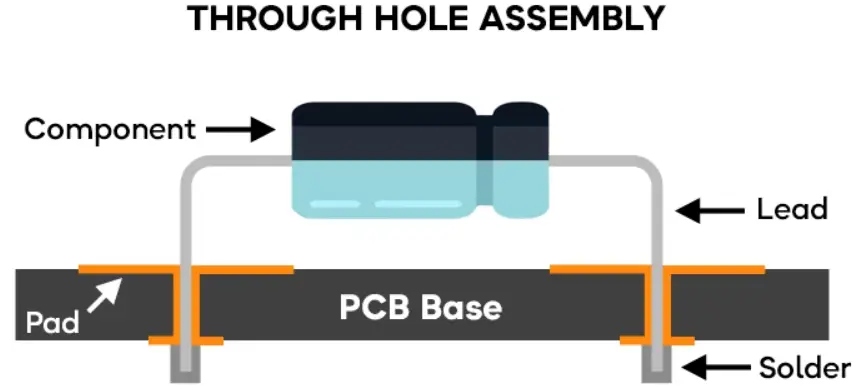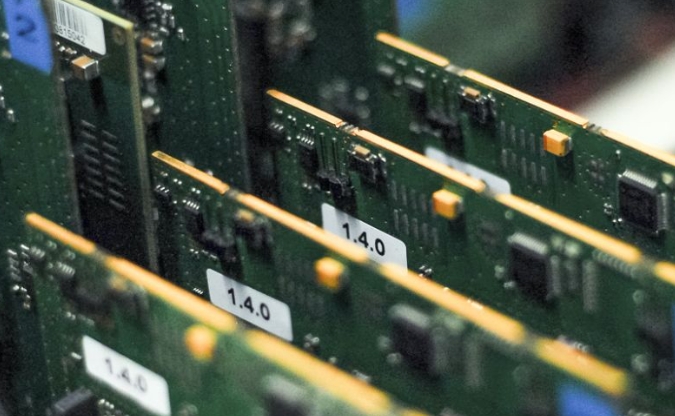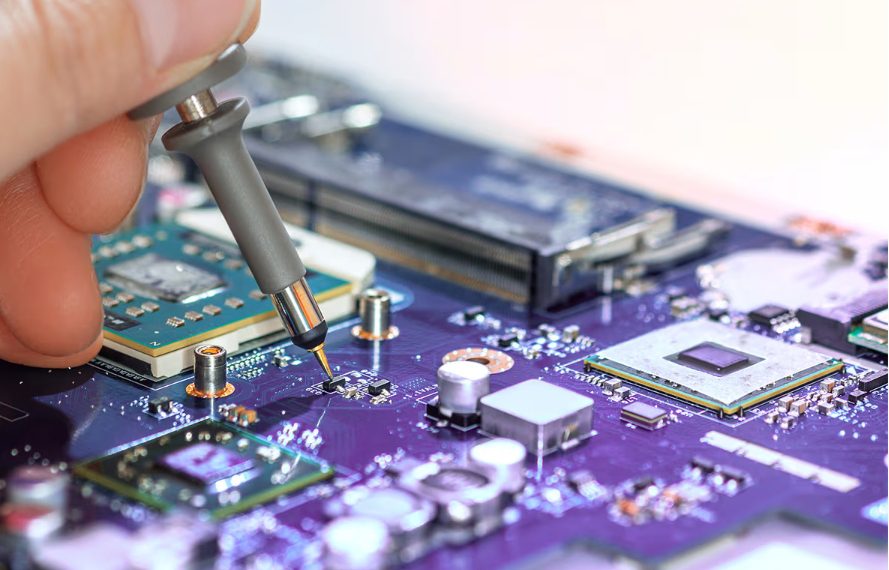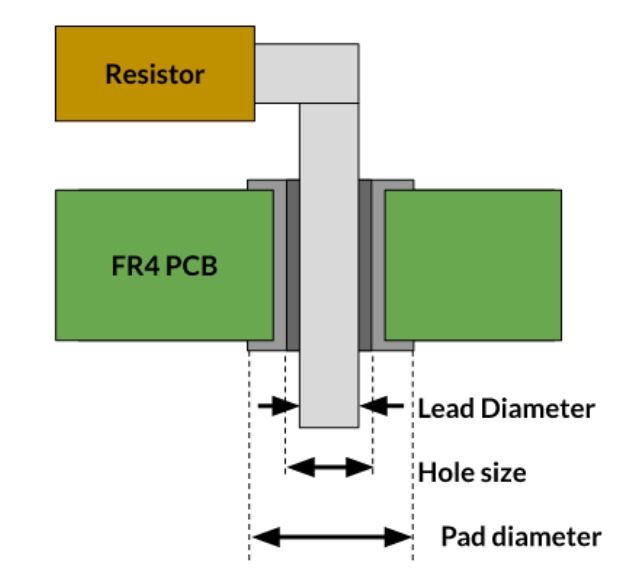Surface Mount Technology (SMT) is widely used in the PCB assembly process, but like any complex manufacturing technology, it is not immune to defects. Whether you’re dealing with solder balls, bridging, tombstoning, or unmelted solder paste, troubleshooting is a key part of ensuring high-quality SMT production. In SMT, defects may arise due to various factors like improper solder paste application,...
Blog
Explore the KKPCB Blog for the latest PCB manufacturing and assembly news, industry insights, expert tips, and technology trends, helping you stay informed and optimize your electronics projects.
What is Ball Grid Array (BGA) Ball Grid Array or BGA is a leadless surface mount package (SMD component). This type of surface mount package is used in surface mount technology (SMT) and utilizes an array of metal balls called solder balls for electrical interconnection. The solder balls are attached to a laminate substrate at the bottom of the...
SMT soldering process and technology are slightly different from through-hole technology. SMD soldering or surface mount technology assembly requires different SMT equipment and more experience and expertise. SMT PCBs have flat tin-lead or gold-plated copper pads without any holes. These traces are called “pads”. SMT Soldering Process Semi-solid solder called solder paste, which consists of very fine...
SMT vs. Through-Hole Technology – Which is better in terms of cost, assembly and reliability? This debate has been going on for several years. The advantages of SMT or surface mount technology over through-hole technology are in design and manufacturing. Surface mount components or SMD components are small in size and can be mounted on either...
Basic soldering guide on how to solder electronic components to a printed circuit board (PCB). This is a detailed and complete soldering guide for both automated soldering in mass production and manual soldering in PCB rework and repair. How to Solder Electronic Components – Introduction Soldering is basically a technique of joining two metals using a...
At the heart of nearly every electronic product today is a printed circuit board (PCB), which supports and electrically connects the electronic components needed for an electronic device to function. Manufacturing a printed circuit board is a complex process that involves many steps that are different for every project. First, you need to design the board...
Customer Background: Our customer is a leading communication equipment company specializing in the development and manufacturing of high-frequency devices for 5G communication systems. Due to the high-frequency signal transmission requirements of their products, their PCB design demands extremely high signal integrity and strong anti-interference capabilities. Product Complexity: The primary challenge of this project was ensuring that the high-frequency...
Copper current density refers to the amount of continuous current going through a copper wire —whether on a circuit board as a trace or not. According to the principles of Joule or Ohmic heating (represented as VI or I²R), any material that conducts electricity will generate heat, leading to a gradual rise in temperature in...
Low power circuit design includes strategies focused on minimizing both dynamic and static power usage in your printed circuit boards. While selecting components with low power requirements is a crucial element, low power PCB design involves more comprehensive considerations to effectively manage power consumption. Lower Power Circuit Designs Tips Aspect Description Identify Major Power Consumers Start by...
In printed circuit board (PCB) design, the choice of pad type plays a critical role in determining the durability, reliability, and performance of the final product. Through-hole pads, which are designed for components with leads that pass through the PCB, offer superior mechanical and electrical connections compared to surface mount pads. This article explores the design steps for...

